Gallery: Specialized Tarmac Disc and new rim-brake Tarmac released
Tarmac Disc retains short chainstays with unique rear-hub design
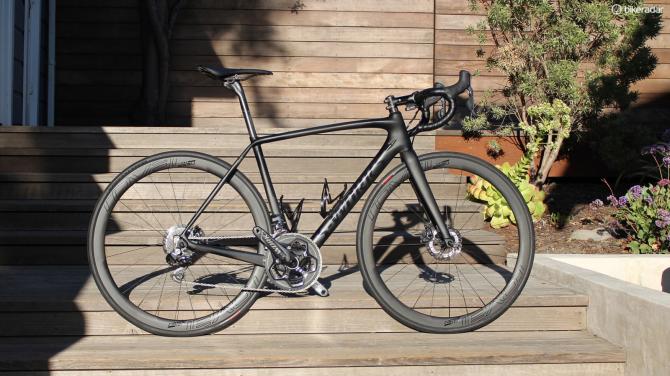
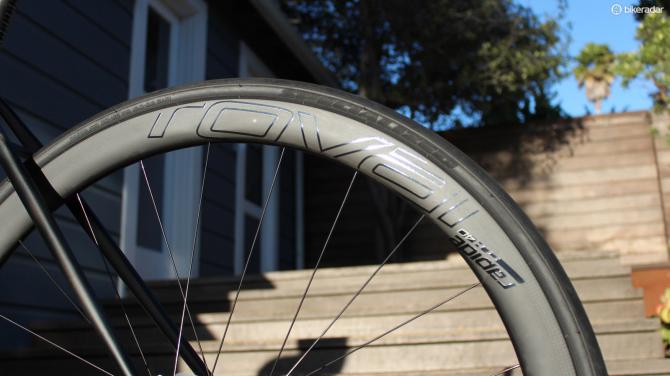
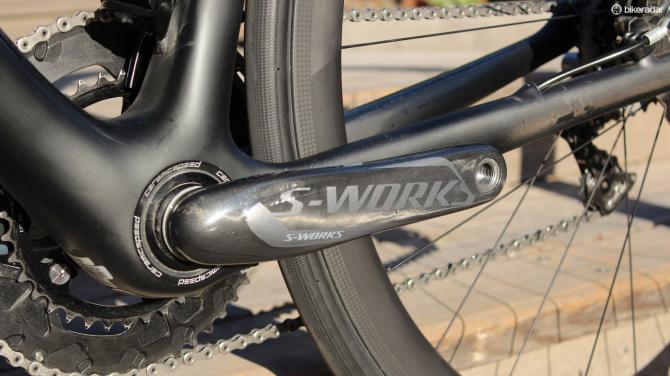
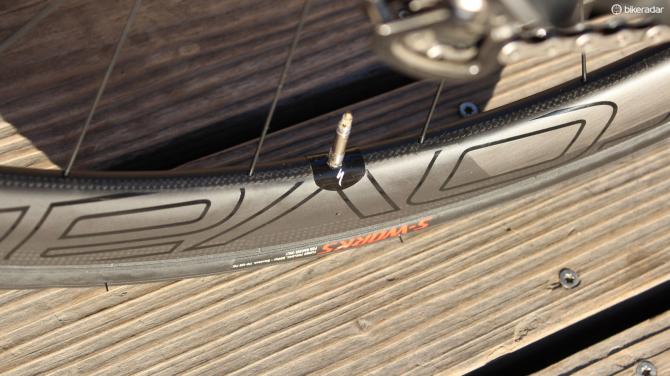
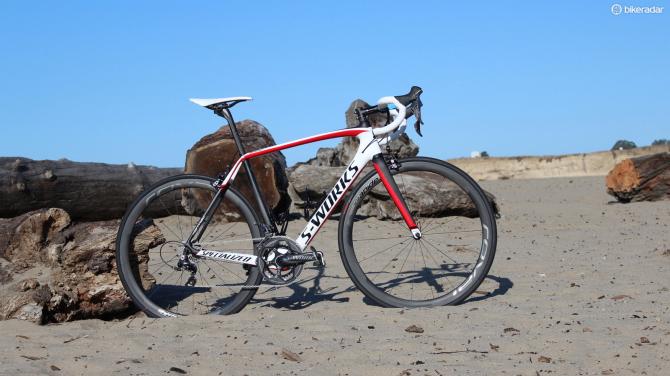
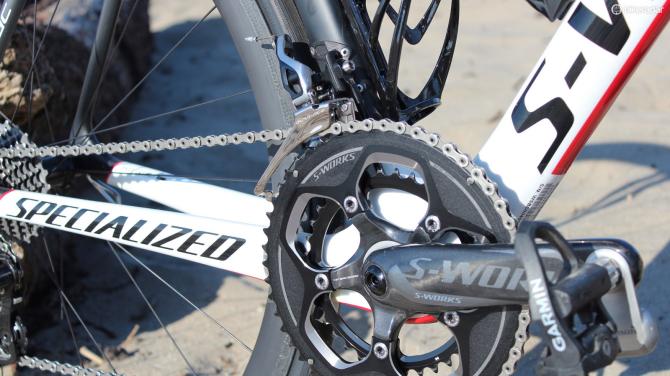
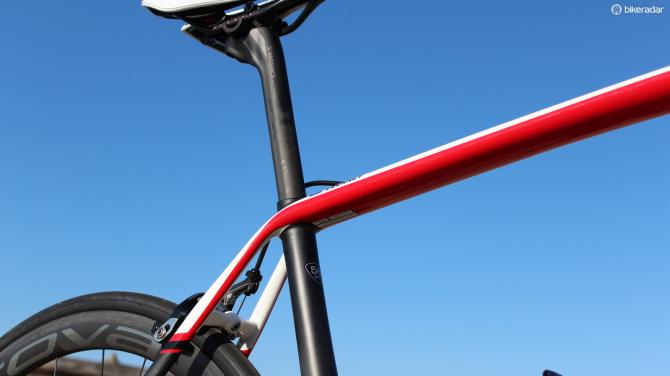
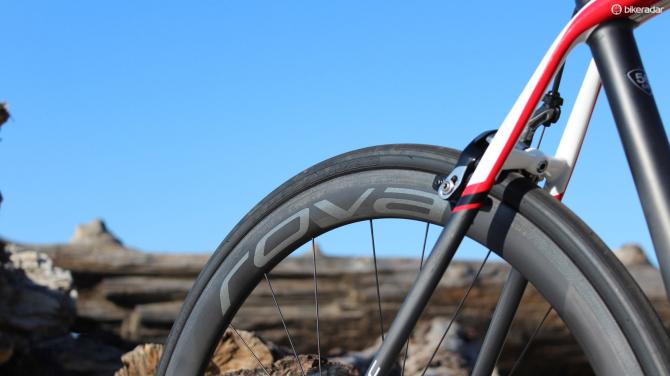
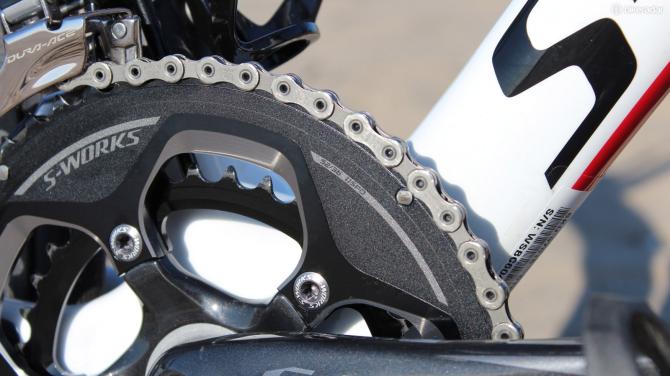
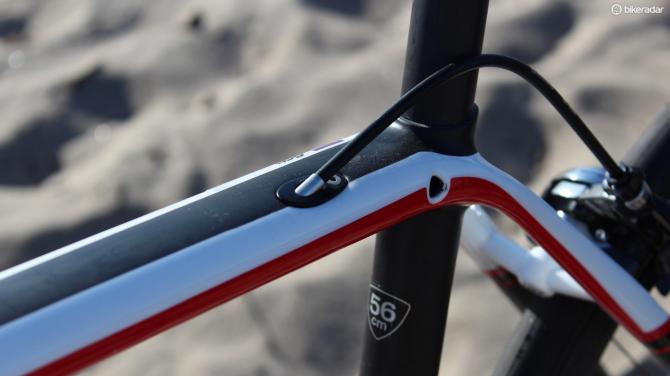
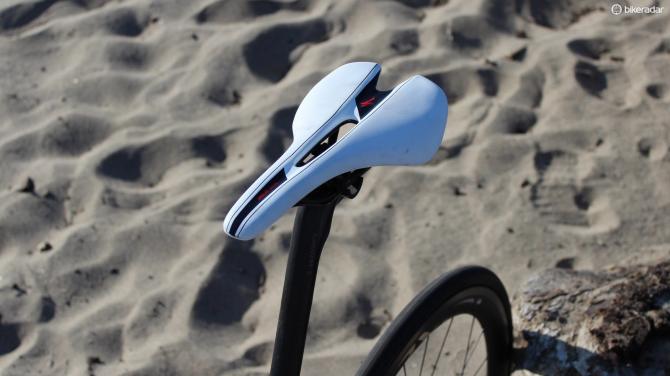
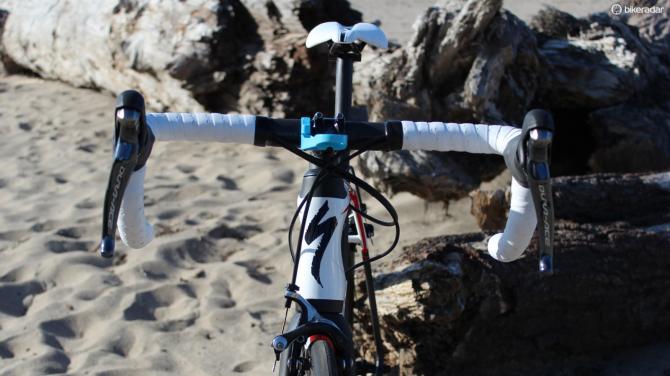
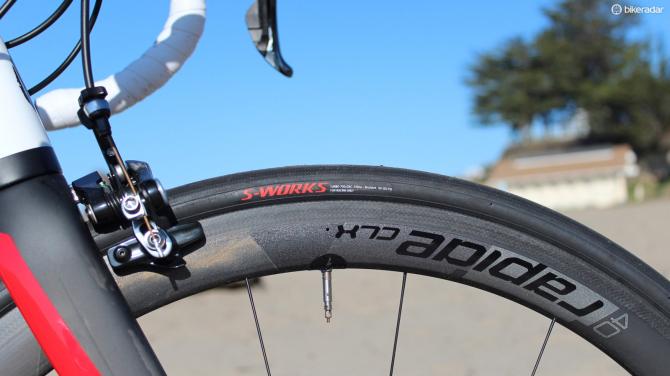
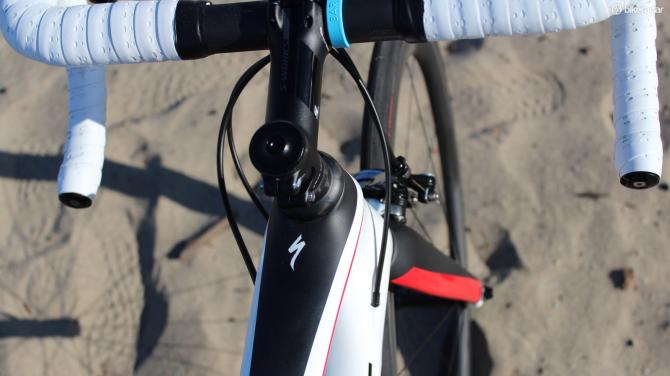
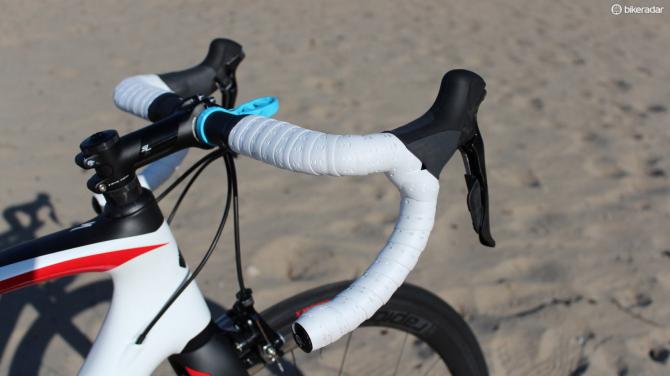
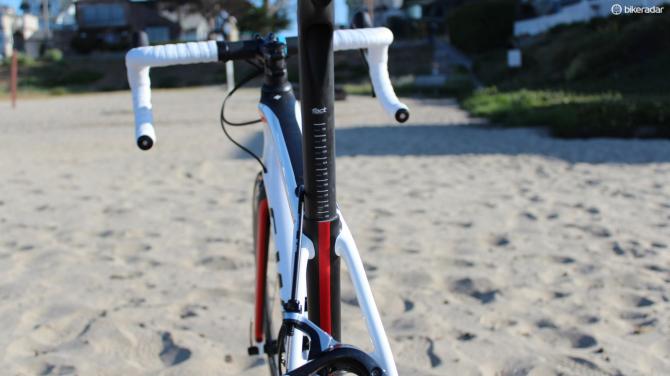
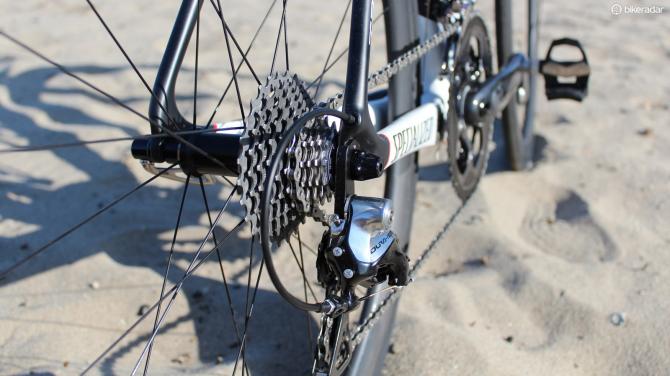
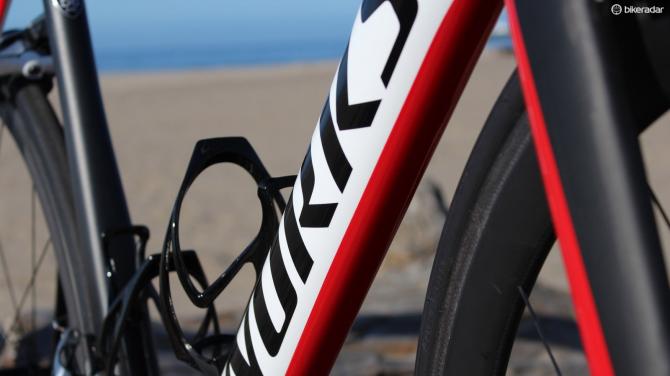
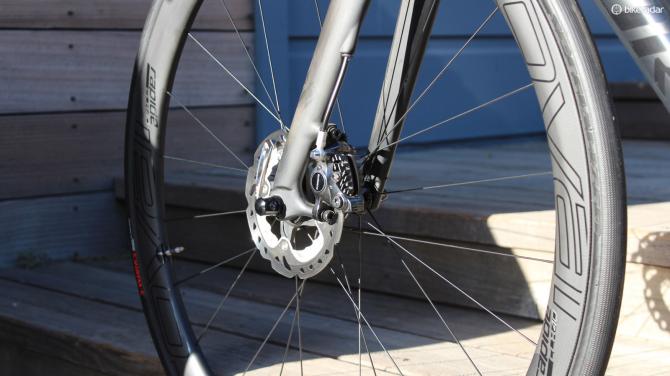
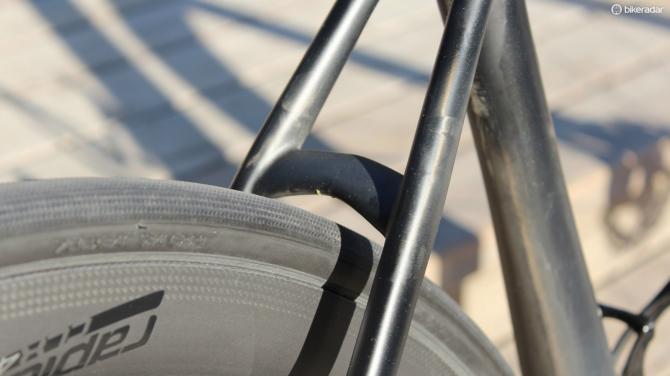
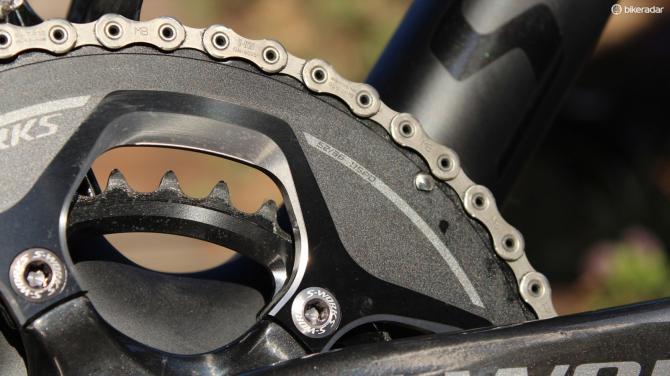
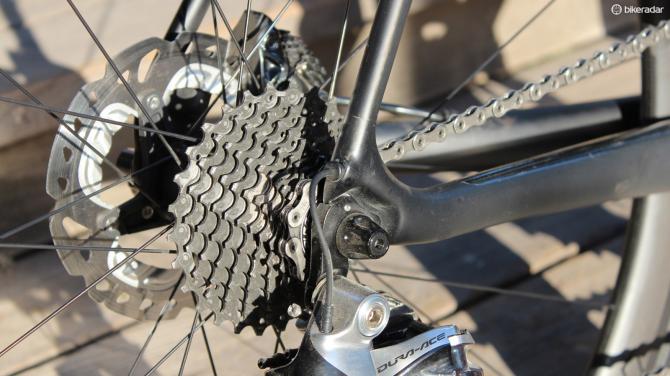
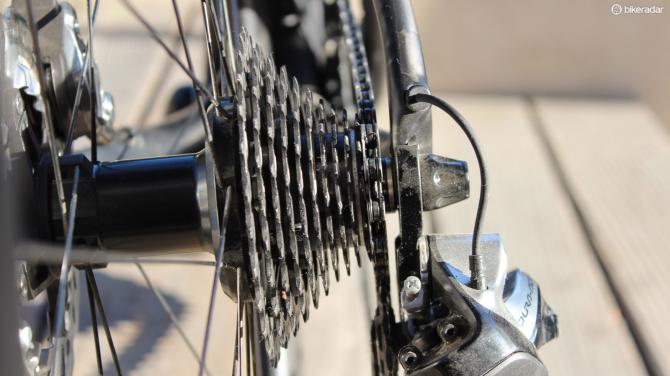
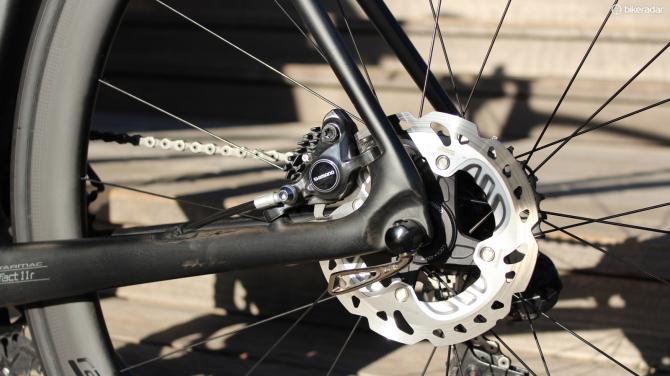
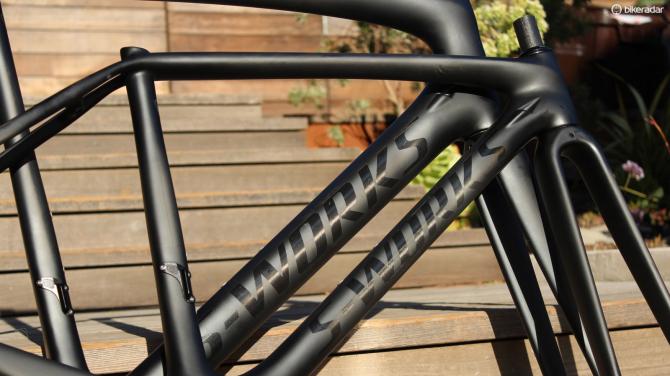
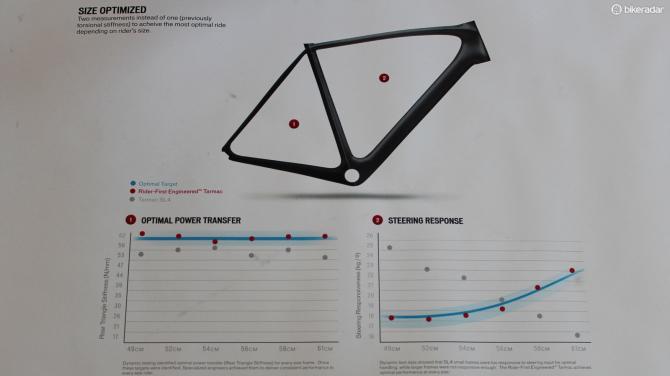
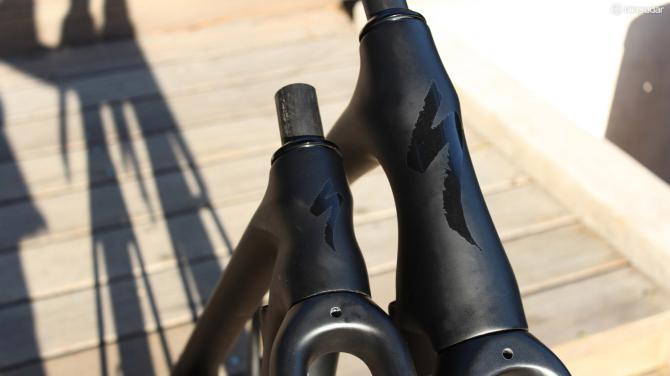
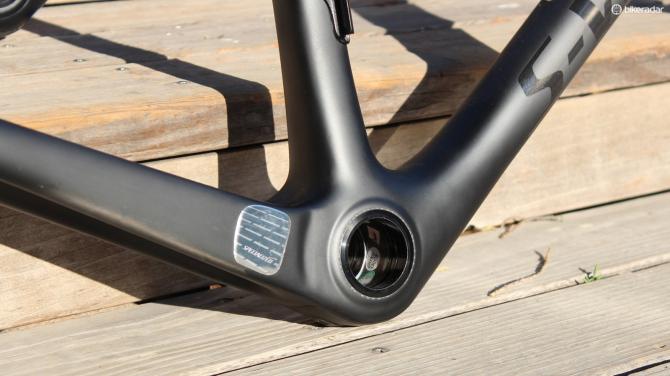
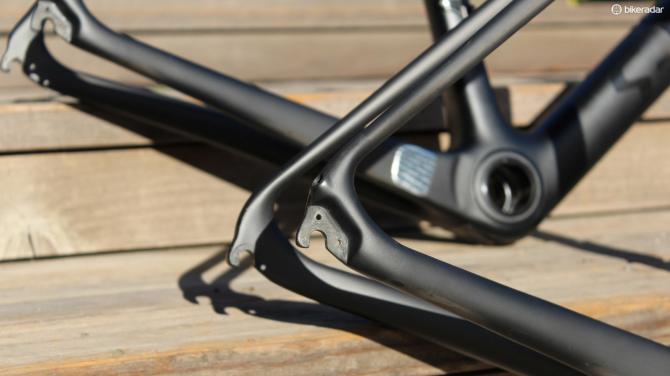
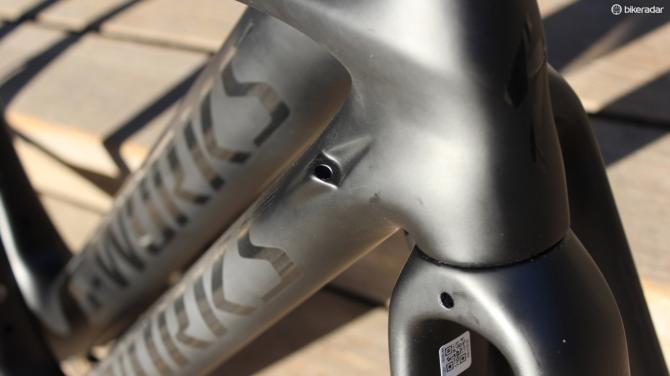
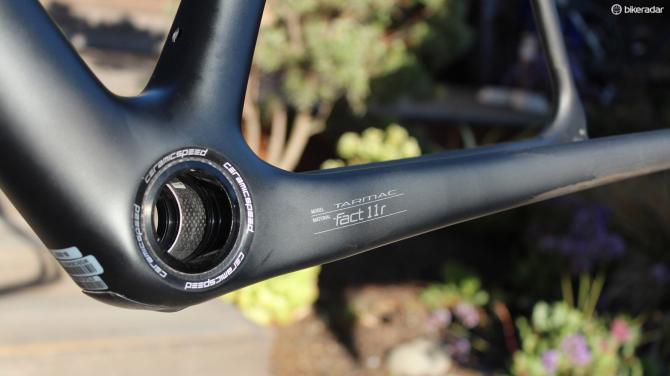
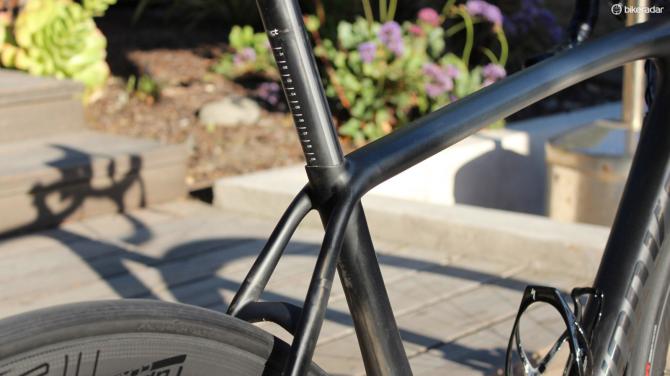
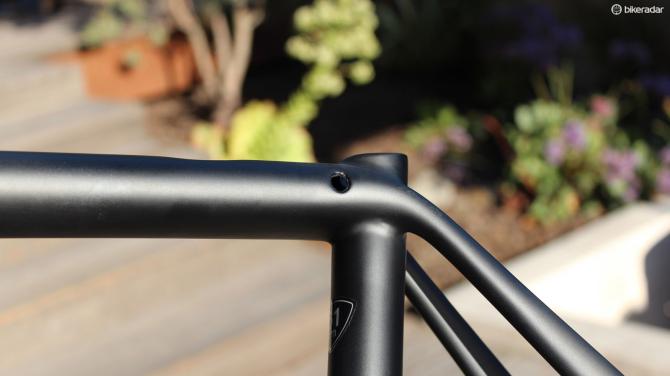
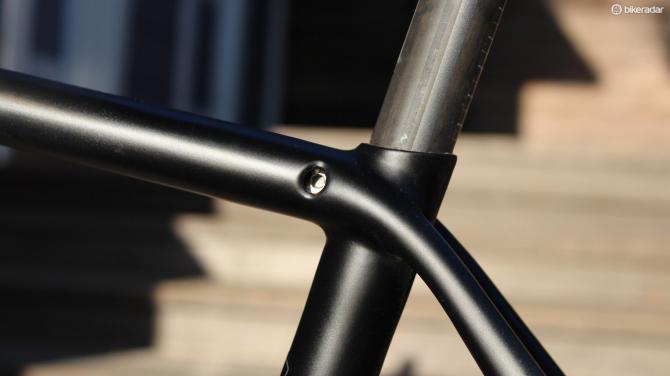
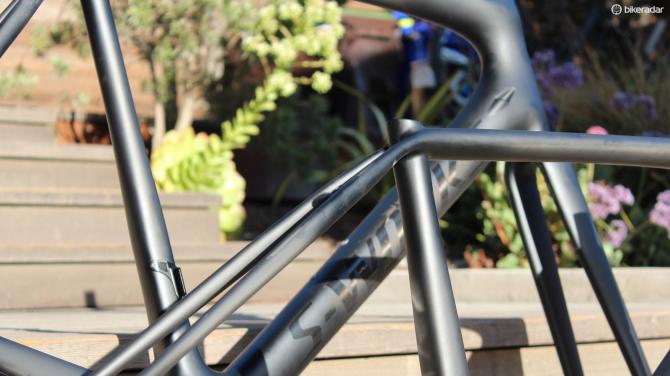
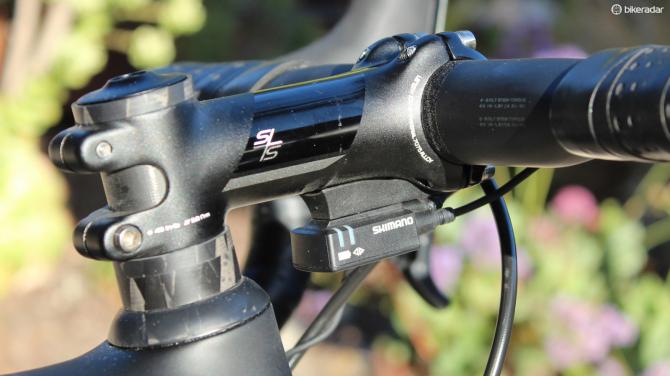

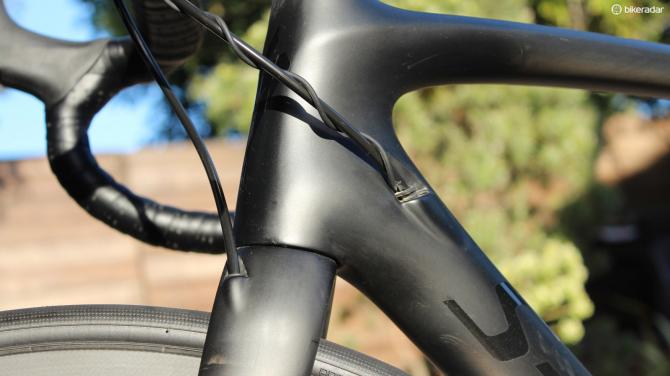
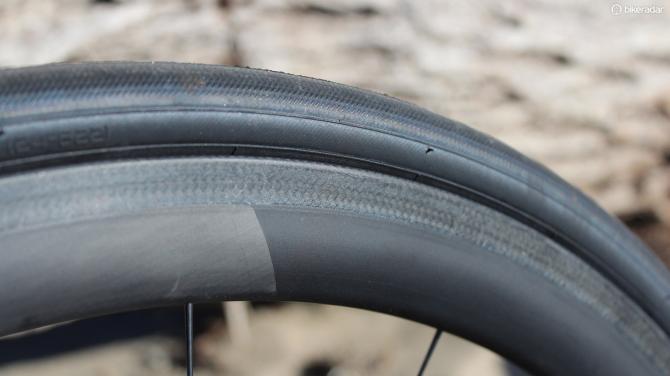
This article originally appeared on Bikeradar.
With the debut of the Tarmac Disc, Specialized has launched a race bike with the novel combination of hydraulic disc brakes and short chainstays thanks to a novel rear hub configuration on the Roval wheels. The new Tarmac also comes in standard rim-brake models as well, with both types of framesets designed from the ground up for each size.
When BikeRadar spotted one of these new Tarmacs at the Tour of Turkey earlier this spring, we speculated that it would be called the Tarmac SL5, building on the Tarmac SL4 and Tarmac SL3 before it. Instead, the new bike is simply called Tarmac, which Specialized engineers says speaks to the new way of designing each size as its own project, from R&D on up.
While Specialized claims the new Tarmac design provides a uniform experience across all sizes, the real news is the Tarmac Disc, which manages to deliver the tight, stiff, responsive ride of a ProTour racer with the powerful braking experience of Shimano hydraulics. The big question with these bikes is, will racers give up wheel compatibility for this combination?
Specialized Tarmac Disc
Adding disc bikes to road race bikes presents a few challenges. While there has been much discussion about the impact on racing, engineers have been more concerned with the impact on a frame’s design. Aside from reinforcing the necessary areas in the frame and fork, engineers have had to negotiate how adding width at the hub — up to 135mm from the standard road 130mm — affects the rear triangle and the drivetrain.
Endurance bikes have been the first to get disc brakes for a few reasons, but one is simple — the wheelbase is long enough to widen the rear hub without compromising drivetrain performance. On a race bike with short chainstays, simply widening the hub would cause shifting issues to the point that Shimano and SRAM enforce minimum length guidelines: a bike must have chainstays 420mm or longer, or the bike has to have a solution for the straightening the chainline.
“Shimano would literally not sell us gruppos if we had a bike with short chainstays without such a solution,” said Specialized road engineer Brent Graves. “When a 135mm rear wheel is on a bike with short chainstays, a cross-chained chain (in the 36x11) could hang up on the pins.”
Get The Leadout Newsletter
The latest race content, interviews, features, reviews and expert buying guides, direct to your inbox!
Specialized’s solution was to move the cassette inboard on the 135mm Roval hub, putting it where a cassette would normally sit in a frame on a 130mm hub. This provides the stiffness from most of the extra width and spoke triangulation of a 135mm hub and keeps the chainline within Shimano's parameters while maintaining the short, 405mm chainstays that help give the Tarmac its rear-end stiffness and quick handling.
But does a race bike really need short chainstays? Is that enough to completely change wheels?
“We have been honing in Tarmac geometry for a decade, from field test riders to professional athletes,” Graves said. “Short chainstays are a key component, as a tighter rear triangle helps with stiffness for accelerations and agility. A shorter wheelbase doesn’t guarantee either one of those things, but if you don’t have short chainstays, it’s a lot harder to design the rest of the frame to get there.”
In addition to proprietary wheels, the Tarmac Disc has a unique derailleur hanger that puts the Shimano rear derailleur in the correct place. A standard 135mm disc-brake wheel can be used on the Tarmac Disc, the company says, but that would require changing derailleur hangers, too. And even then, the little ring/little cog cross-chain combination is “not recommended.”
While some disc-equipped road and cyclocross bikes bikes have employed thru axles a la mountain bikes, Specialized is holding the line with standard quick release axles on the Tarmac Disc, with the notable exception of beefing up the end caps for a wider contact patch.
“We don’t understand why people are doing [thru axles],” said veteran Specialized designer Chris D’Alusio. “It doesn’t add anything. The diameter of the axle — and the connection between the frame or fork and the axle — is huge. But how they are tightened down doesn’t really matter.”
There are three Tarmac Disc models. Pricing was not available at press time.
S-Works Tarmac Disc
- Shimano 785 hydraulic disc brakes
- Shimano Dura-Ace Di2 11-speed drivetrain with S-Works 52/36 crank
- Roval Rapide CLX 40 SCS Disc wheels with ceramic bearings
Tarmac Pro Disc Race Ultegra Di2
- Shimano 785 hydraulic disc brakes
- Shimano Ultegra Di2 11-speed drivetrain with Specialized 52/36 crank
- Roval Rapide CL 40 SCS Disc wheels
Tarmac Pro Disc Race
- Shimano 785 hydraulic disc brakes
- Shimano Ultegra 11-speed drivetrain with Specialized 52/36 crank
- Roval Rapide CL 40 SCS Disc wheels
Specialized Tarmac
Chris D’Alusio and Specialized engineer Sam Pickman both ride huge miles and fairly aggressively, but the two men ride very different sized frames. While out following each other down steep, winding roads, they noticed differences in how D’Alusios’ 52cm and Pickman’s 61cm frames reacted. The end result was a lot of engineering homework and a complete redesign of how each Tarmac frame size is created.
Past Tarmac iterations were designed for a 56cm frame, then larger and smaller sizes were created by making scaled changes up or down. But the impact a smaller or larger rider has is much less or much greater than a small percentage change, Specialized concluded.
“It’s not so much the size and the mass of that rider,” said Specialized spokeman Chris Reikert, “it’s where that rider is positioned.”
Small riders’ frames were way too stiff, and taller riders’ bikes were to flexible. Short bikes would chatter through rough corners instead of tracking and flowing, and the 61cm bikes would flex too much.
Specialized used an on-bike measurement system to track rider inputs and their effects on all sizes of Tarmacs. The company declined to elaborate on the details of its new system.
“It’s been a long process,” Reikert said. “The last three years we spent developing a way to measure what the rider is doing to each sized frame, then figure out how to base targets based on that.”
Unlike some past years where it was all about ‘lighter, stiffer, faster’, the targets for the new Tarmac were balancing pedaling efficiency (stiffness) with steering response. All of this was done through fine-tuning the carbon construction, as the geometry remains identical to past Tarmac bikes.
Now, Specialized says, each size Tarmac performs identically across the range.
There are new little things in the new Tarmac, such as a recessed seatpost collar that effectively adds 35mm of unrestrained seatpost and thus a bit more compliance as compared to past Tarmacs. The PressFit bottom bracket shell is now an aluminum insert instead of molded carbon to eliminate creaking from inexact tolerances. And the down tube shape was tweaked for an aerodynamic benefit.
In addition to drastically different tubing diameters, there are size-specific bearings across the range.
There are six sizes in the S-Works line, plus a seventh (64cm) in the Pro line. Having spent resources individually designing each size, Reikert said, means that Specialized effectively “doesn’t just have one, but seven new Tarmacs.”
There are four rim-brakeTarmac models:
S-Works Tarmac Dura-Ace
- Shimano Dura-Ace rim brakes
- Shimano Dura-Ace Di2 11-speed drivetrain with S-Works 52/36 crank
- Roval Rapide CLX 40 wheels with ceramic bearings
S-Works Tarmac Red
SRAM Red rim brakes
SRAM Red 11-speed group with S-Works 52/36 crank
Roval Rapide CLX 40 wheels with ceramic bearings
Tarmac Pro Race
Shimano Ultegra rim brakes
Shimano Ultegra 11-speed drivetrain with Specialized 52/36 crank
Roval Rapide CL 40 wheels
Tarmac Expert
Shimano Ultegra rim brakes
Shimano Ultegra 11-speed drivetrain with FSA SL_K Light 52/36 crank
Fulcrum S4 wheels